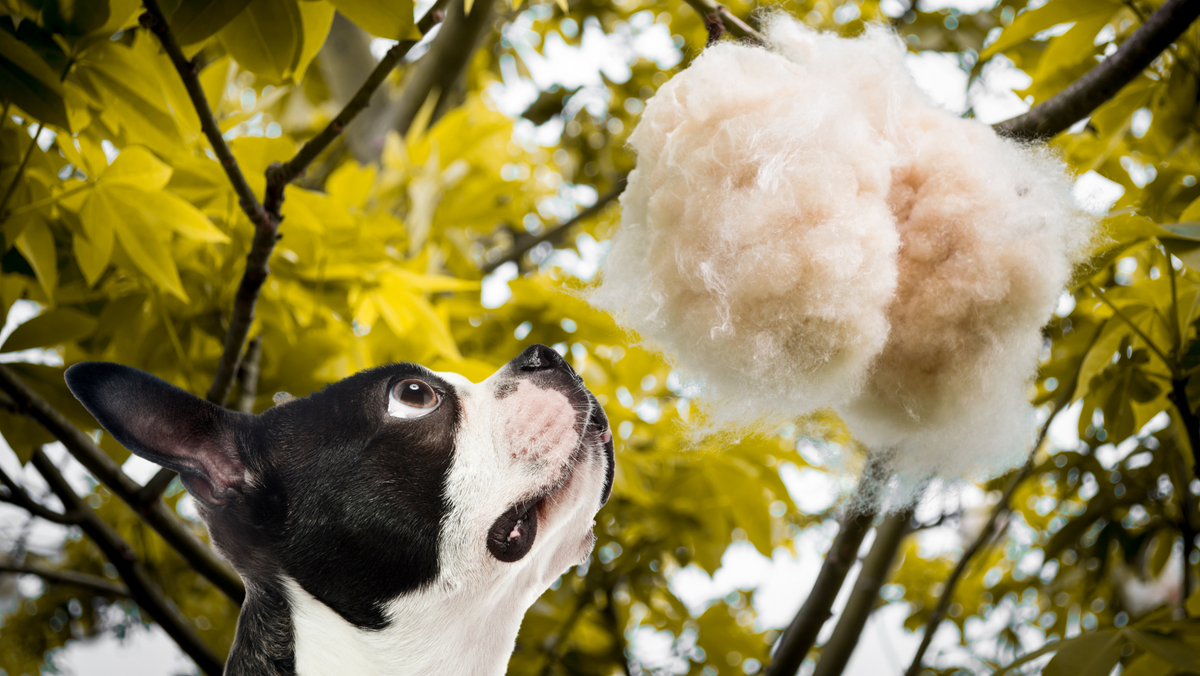Kapok Allergy in Dogs: Essential Info Guide for Dog Owners

Kapok is a material used to stuff furniture, fill mattresses and pillows and is frequently seen in clinical allergy studies as the potential source of hypersensitivity reactions in atopic people with seasonal allergies and atopic dermatitis.
Animals can experience allergic reactions to various materials, chemicals, and a variety of other allergens just like people do.
Can Kapok cause allergies to dogs?
Although research on kapok allergy in dogs is still lacking, there is a larger likelihood that this fibrous substance can cause unpleasant allergic responses on your dog's skin.
Kapok can be found in pillows, furniture upholstery, stuffed toys, and sleeping bags. But according to current studies, dust mites and mold are the real culprits, not the stuffing.
No matter what they are filled with, pillows and toys will almost certainly become infested with mold and dust mites in humid climates.
Does kapok attract dust mites? Yes, because of its high absorption capacity, it draws dust mites and dust.
Kapok allergy symptoms in dogs:
- Red and itchy skin
- Watery eyes
- Itchy, runny, stuffy nose
- Sneezing
Is Kapok toxic to dogs?
Yes, both kapok fruit and its haired seeds can be toxic for dogs if ingested.
The kapok fruit may pose respiratory concerns and cause dog breathing issues.
Be sure your dog won't chew and ingest kapok from some stuffed toy or pillow.
*Kapok is also inflammable, so be all eyes around kids and pets.
Sources:
-
https://www.webmd.com/allergies/features/under-attack-hidden-allergy-triggers
-
Berrens L., Kapok Allergens, https://www.karger.com/Article/Pdf/229743#
Related articles:




Comments ()